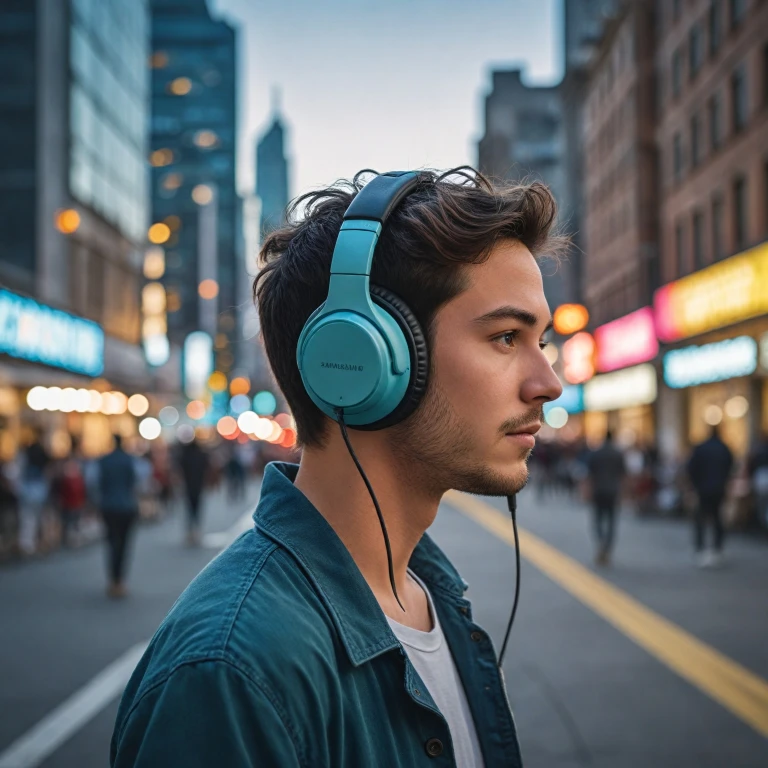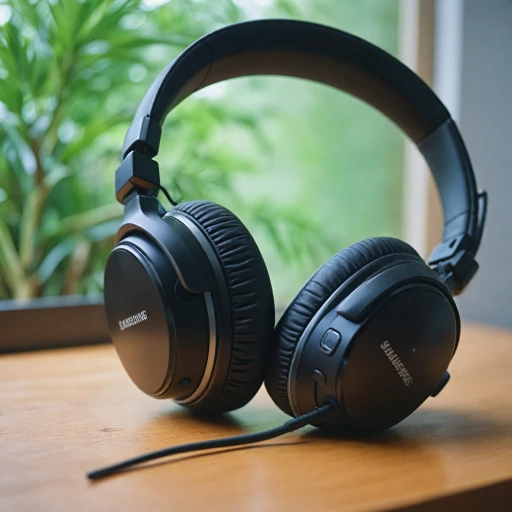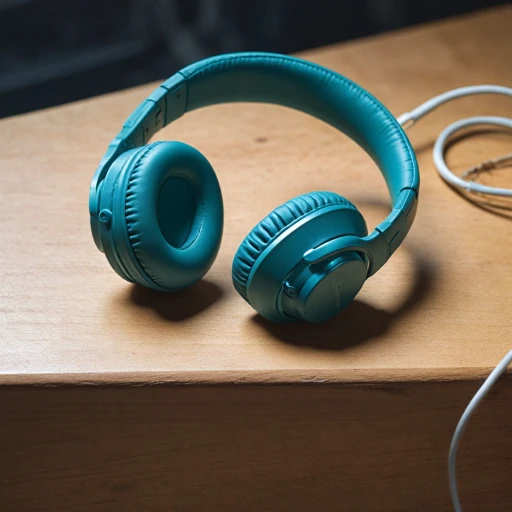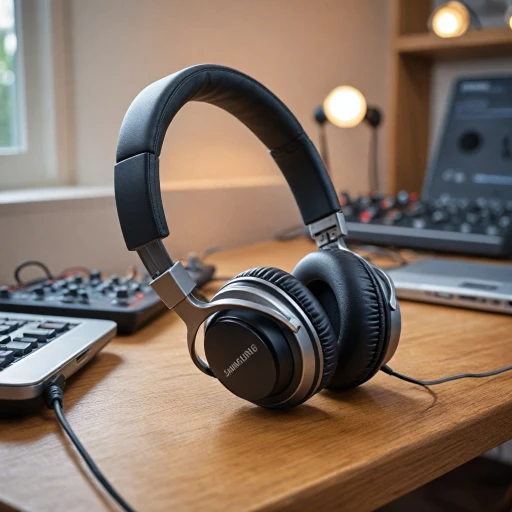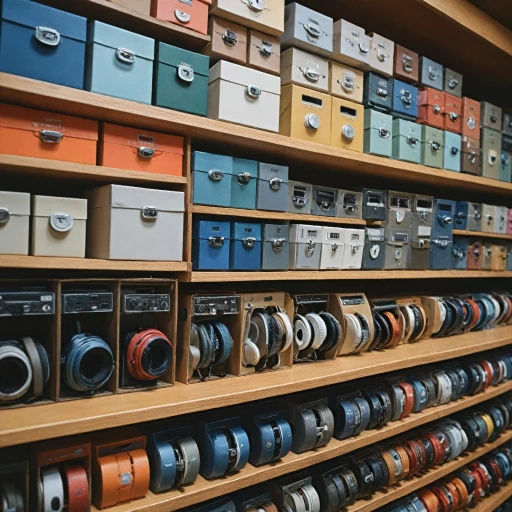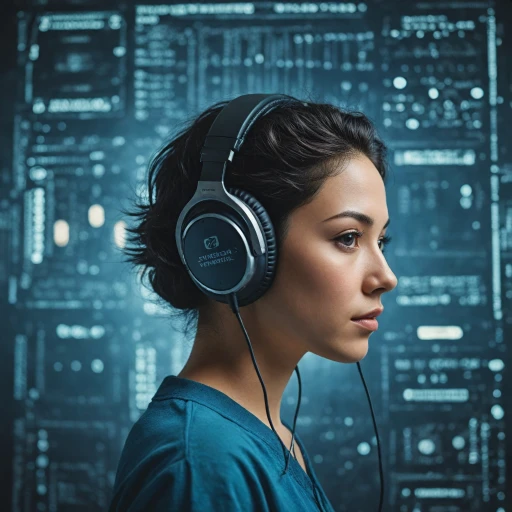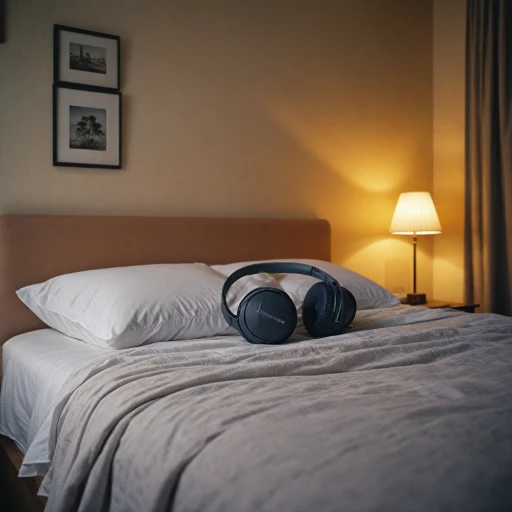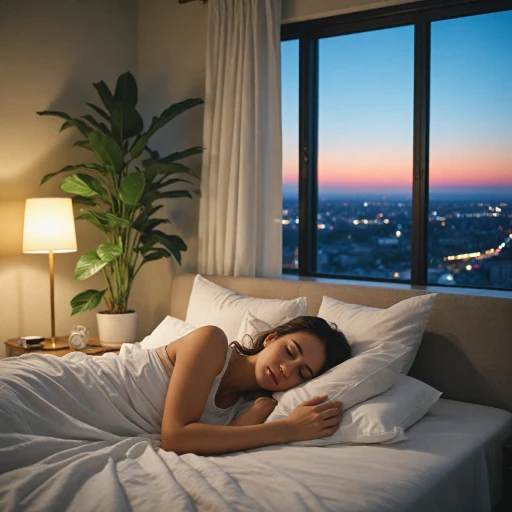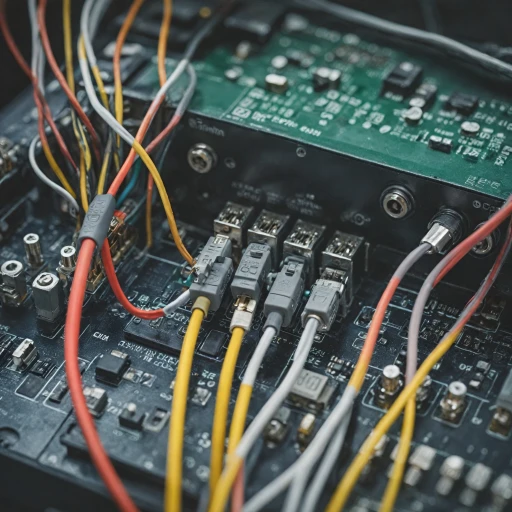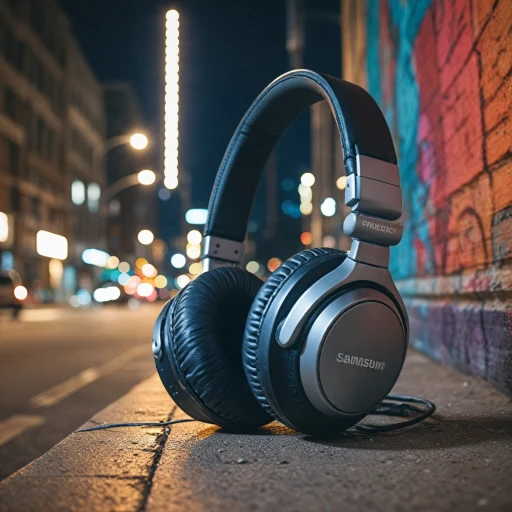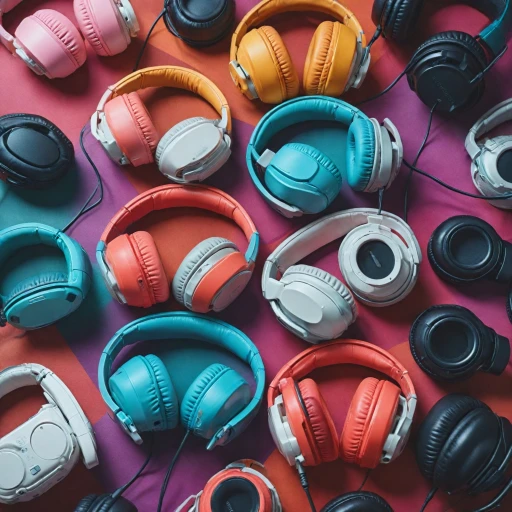
Understanding Noise Cancelling Technology
Diving into Noise-Cancelling Technology
When it comes to blocking out the chaos of the world, noise-canceling headphones have rapidly become a go-to solution for many. But what exactly is the driving force behind these impressive devices that seem to cloak us in our personal bubble of tranquility? Understanding this technology is key to seeing how it may contribute to hearing protection. At the heart of noise-canceling headphones is noise reduction technology. There are two main types: active noise cancellation and passive noise reduction. Active noise cancellation (ANC) works by using microphones to pick up on external sounds, then generating sound waves that are the exact opposite (anti-phase) to cancel out the unwanted noise. This sophisticated method reduces background noise effectively, helping listeners enjoy their music without pumping up the volume to dangerous levels that may lead to noise-induced hearing loss. In contrast, passive noise reduction relies on the headphones' physical design to block external sounds, such as through snug-fitting ear pads or in-ear tips. Both methods have their own merits and can significantly enhance your listening experience while providing ear protection. For instance, while mowing your lawn or working in a loud environment, wearing these headphones can shield your ears from excessive exposure to noise, thus minimizing the risk of hearing damage. Discover more about the role of Digital-to-Analog Converters in noise canceling headphones to deepen your understanding of how these technologies work together to offer you the best in sound quality and hearing protection.The Science Behind Hearing Protection
The Mechanisms Safeguarding Your Sense of Sound
Noise canceling technology has proved intriguing, particularly in its ability to act as a shield for our ears from intrusive sounds. Primarily, this protection is achieved through both active and passive noise reduction methods. Active noise canceling (ANC) employs microphones to detect external sounds, crafting inverse waveforms that effectively cancel these disturbances. This process plays a significant role in minimizing background noise, making quiet moments in loud environments a reality. Meanwhile, passive noise reduction involves utilizing the physical structure of the headphones or earbuds to obstruct unwanted sound waves, already providing a degree of ear protection. For those engaged in activities that expose them to substantial noise levels, such as mowing or other loud work tasks, the protective nature of noise canceling headphones can help reduce the risk of noise induced hearing loss. However, these benefits are complemented by prioritizing the level of music and sound exposure through the headphones, which is crucial in preserving hearing health. Still, it's imperative to remain mindful of volume control when enjoying music or other entertainment through headphones. Prolonged exposure to high decibel levels can lead to hearing damage, even with the best noise canceling technology. Understanding these mechanisms and their limitations is essential to effectively protect hearing while maximizing the benefits of noise cancellation.Comparing Noise Cancelling and Regular Headphones
Evaluating the Effectiveness of Noise Cancelling Technology
The debate about whether noise cancelling headphones provide better ear protection than regular headphones primarily revolves around their ability to minimize ambient noise, potentially reducing the need to raise volume levels and thus reducing noise induced hearing loss. Traditional headphones typically offer limited noise reduction, usually relying on passive methods such as physical barriers to attenuate external sounds. In contrast, noise cancelling models employ active noise cancellation strategies to combat background noise.
Active noise cancelling headphones work by utilizing microphones to detect external sounds and then generating opposing sound waves to "cancel" those noises. This technology is particularly adept at handling consistent, low-frequency sounds such as the hum of an airplane engine or a lawnmower. By reducing ambient noise, users are often able to listen at lower volumes, thereby promoting hearing protection as high volumes can damage hearing over time.
It's important to differentiate between passive noise reduction and active noise cancellation when considering hearing protection. Passive noise cancelling capabilities in regular headphones are primarily due to their design and materials, such as cushioned ear cups, which create a seal around the ear. This form of passive reduction is often less effective compared to their active counterparts, particularly in environments with varying sound frequencies.
However, the promise of effective noise cancelling isn't universal. Some variables, such as the fit of the headphones or the particular model's capability, can affect how well they reduce noise and protect hearing. When selecting the best option for your needs, understanding the essential guide to choosing the right headphone box for noise canceling headphones can substantially aid in making an informed decision.
Potential Risks and Misconceptions
Evaluating the Misunderstandings Around Noise Cancelling Technology
When diving into the world of noise canceling headphones, it's crucial to be aware of some common misconceptions that users often encounter. Understanding these can prevent incorrect usage and ensure you're making the most out of your investment in hearing protection and sound quality. One prevalent misconception is the belief that noise canceling headphones can offer complete ear protection against all kinds of loud environments. While these headphones significantly reduce background noise through active noise cancellation techniques, they are not a substitute for professional hearing protection devices. For instance, if you're mowing the lawn or in an environment with continuous loud noises, additional ear protection may be necessary to prevent noise induced hearing loss. Another misunderstanding is that all noise canceling headphones offer the same level of sound reduction and hearing protection. The effectiveness of noise canceling technology can vary widely depending on the brand and model. While some offer superior noise reduction, others may only provide marginal improvements over regular headphones. It's important to distinguish what "best" means for your specific needs, whether it's protecting your ears during long flights or improving focus at work. There's also a notion that using noise canceling headphones at higher volumes is safe because they cancel out background noise. However, listening to music at unsafe volume levels can still lead to hearing damage over time, even with noise canceling features. The key here is moderation; keeping the volume at a comfortable level will help protect your ears. It's essential to address these misconceptions to harness noise canceling headphones effectively for both sound quality and hearing protection. Choosing the right model, using them appropriately, and understanding their limits will contribute significantly to a healthier listening experience.Choosing the Right Noise Cancelling Headphones
Evaluating Features for Optimal Hearing Conservation
When selecting noise canceling headphones to protect your hearing, several essential aspects should be considered. These features play a pivotal role in ensuring your ears are shielded from excessive sound levels while providing an immersive listening experience.- Type of Noise Cancellation: Understanding the distinction between active noise cancellation (ANC) and passive noise cancellation is crucial. ANC uses microphones and technology to reduce external sounds, significantly providing hearing protection in environments with constant noise like mowing or work-related activities.
- Sound Quality: Balanced sound quality is vital for enjoying music without overpowering bass or high treble that could potentially lead to hearing loss if listening at high volume. Opt for headphones known for offering a good blend of sound clarity and protection.
- Fit and Comfort: Ear protection is also about how well the headphones fit. Comfortable designs that fit snugly over or in your ears ensure prolonged use without discomfort, minimizing potential hearing damage risks.
- Durability and Battery Life: Consider models with long-lasting battery life and robust build quality. Extended battery supports continuous use of ANC, ensuring consistent noise reduction, especially when traveling.
- Price vs. Performance: Higher-priced models don't always equate to better hearing protection, but often feature advanced noise cancellation technologies. Evaluate customer reviews and expert opinions to find headphones that balance cost with desired features.
